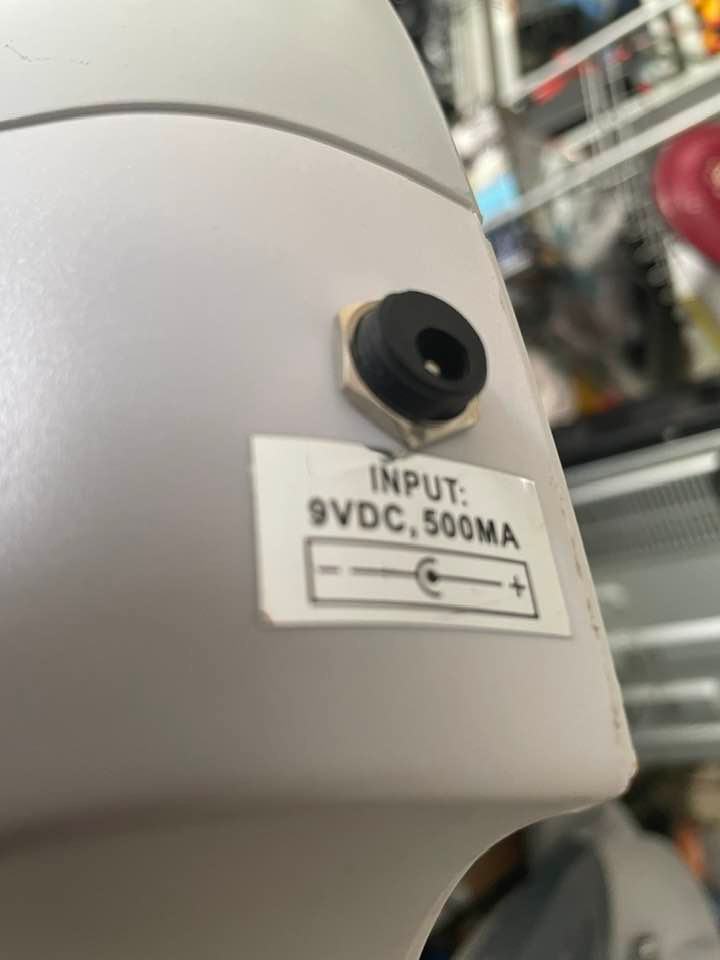I'm specifically referencing two examples of H-bridge motor driver controller ICs (BD6210 and WT7901) to more fully understand and troubleshoot the circuitry of a typical exercise bike or elliptical's resistance/level controller. These consumer class exercise bikes and ellipticals all use the same basic setup for adjusting pedal load as described here:
The issue is that when the wall adapter's eventually wear out and start leaking out much higher voltage than the bikes are designed to operate at (most operate at 6-12 volts), this chip is typically the first to fail. I'm trying to determine if replacement of this chip should resolve this type of failure or if there may be other components involved in the resistance circuit, specifically to read the feedback of the DC motor's position sensor as described in the video above. Should these chips be capable of that as well as driving the motor?
BD6210
https://www.digikey.com/en/products/detail/rohm-semiconductor/bd6210f-e2/1936300
WT7901
http://www.weltrend.com/en-global/product/detail/66/86/273
The issue is that when the wall adapter's eventually wear out and start leaking out much higher voltage than the bikes are designed to operate at (most operate at 6-12 volts), this chip is typically the first to fail. I'm trying to determine if replacement of this chip should resolve this type of failure or if there may be other components involved in the resistance circuit, specifically to read the feedback of the DC motor's position sensor as described in the video above. Should these chips be capable of that as well as driving the motor?
BD6210
https://www.digikey.com/en/products/detail/rohm-semiconductor/bd6210f-e2/1936300
WT7901
http://www.weltrend.com/en-global/product/detail/66/86/273

